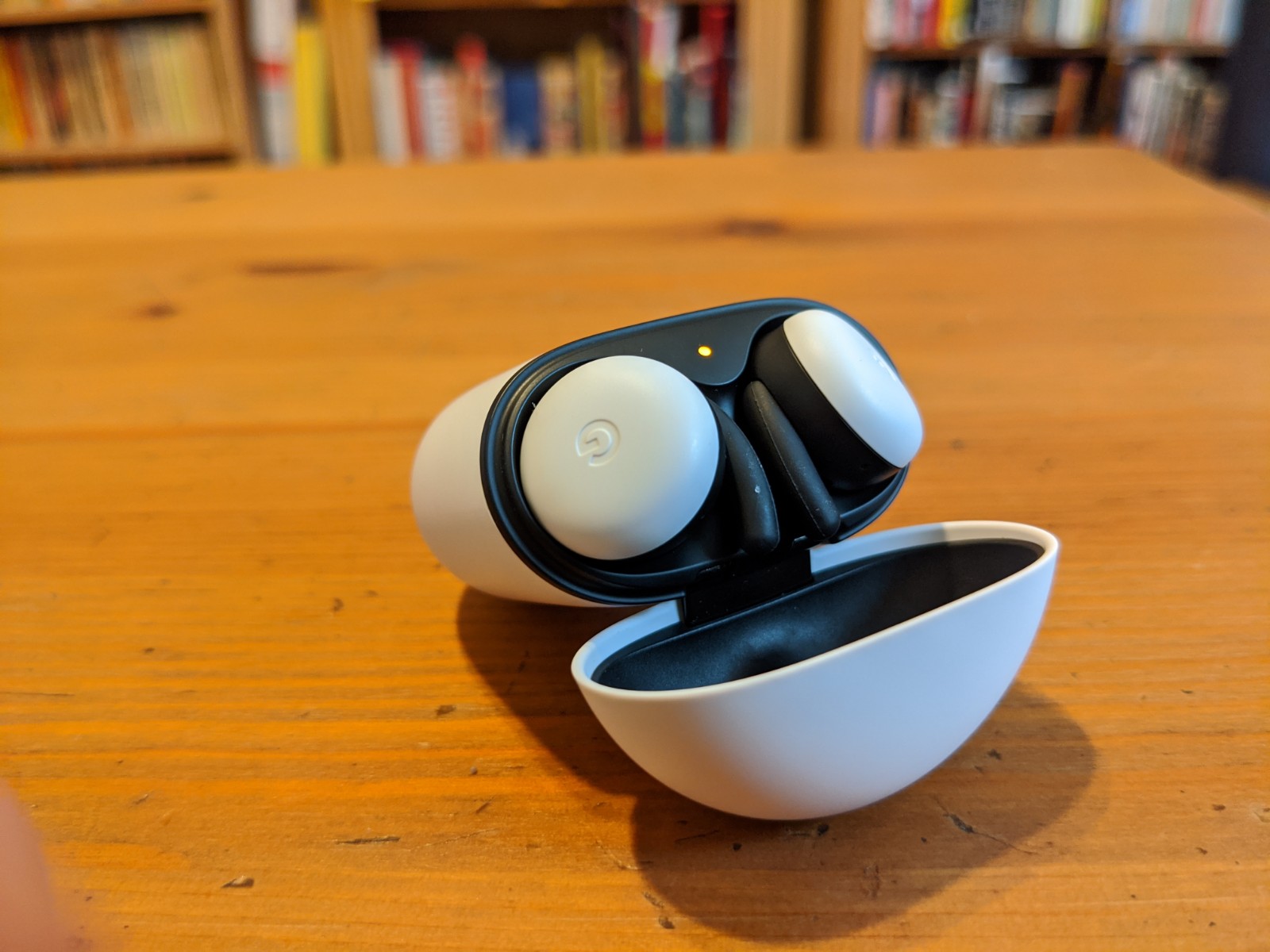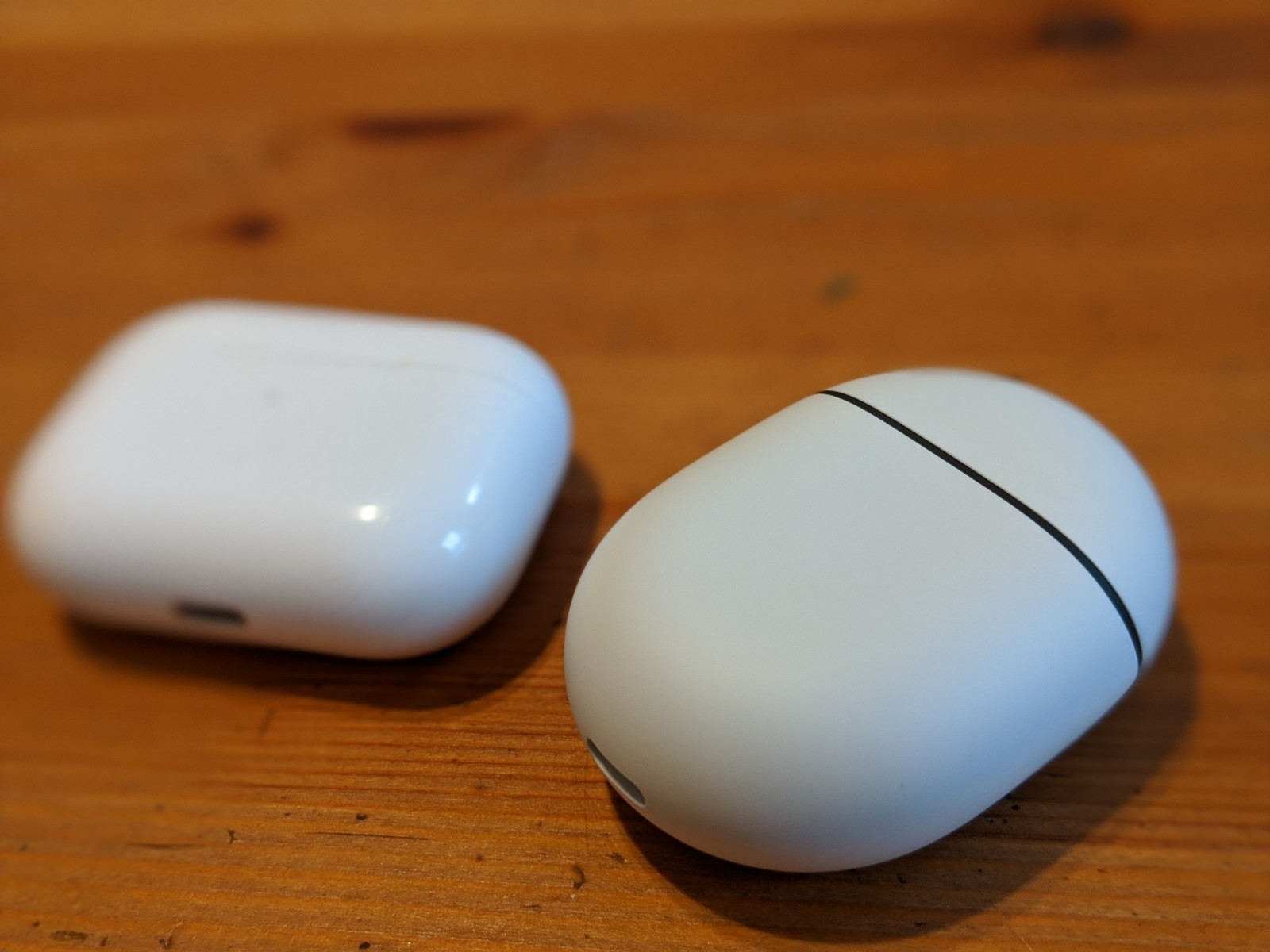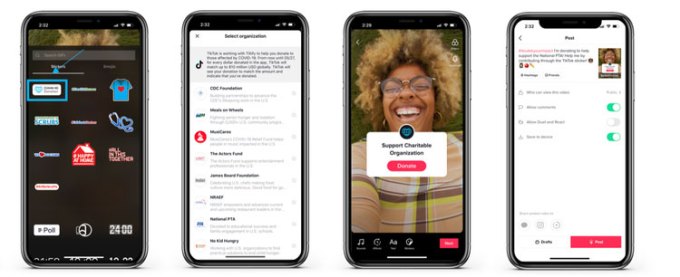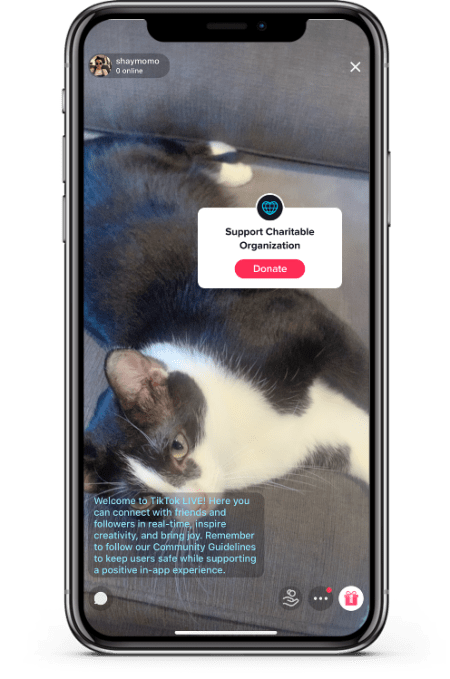Magic Leap may be on its last legs, the next iPhone could be delayed by a month and WhatsApp says its efforts to slow the spread of misinformation are working.
Here’s your Daily Crunch for April 27, 2020.
1. Magic Leap’s $2.6 billion bait and switch
“Why are people still giving Magic Leap money?” our own Lucas Matney asked a year ago. The company’s device sales were terrible. Last month it sought an acquisition for a $10 billion price tag that Josh Constine called “crazy.” Most recently, it laid off half the company and pivoted to enterprise.
Now columnist Jon Evans looks back at what went wrong. The issue, he concludes, is that Magic Leap never managed to miniaturize its breakthrough technology into anything actually releasable.
2. The next iPhone could be delayed a month, as pandemic wears on
The Wall Street Journal is reporting that the iPhone 12 may be among the devices impacted by unexpected COVID-19 issues. Apple is supposedly “pushing back the production ramp-up” of the new devices owing to manufacturing issues in Asia and “weakened global consumer demand.”
3. WhatsApp’s new limit cuts virality of ‘highly forwarded’ messages by 70%
WhatsApp’s bid earlier this month to cut the virality of messages circulating on its platform by introducing a forwarding limit has already started to pay off.
4. Facebook launches drop-in video chat Rooms to rival Houseparty
Facebook is co-opting some of the top video chat innovations like Zoom’s gallery view for large groups and Houseparty’s spontaneous hangouts for a new feature called Rooms.
5. Coronavirus could push consumers away from influencers and toward streaming TV
LiveRamp TV’s Jay Prasad notes that prior to the onset of coronavirus, the influencer trend was diminishing while the streaming TV trend became more prominent. Today, influencers have actually seen increased levels of engagement — but they face credibility issues, which could lead to a reduction in perceived value to brands. (Extra Crunch membership required.)
6. Brave accuses European governments of GDPR resourcing failure
Brave, maker of a pro-privacy browser, has lodged complaints with the European Commission against 27 EU Member States for under resourcing their national data protection watchdogs. The company has compiled a report to back up the complaints, in which it chronicles a drastic shortage of tech expertise and budget resource among Europe’s privacy agencies to enforce the region’s data protection framework.
7. Codota picks up $12M for an AI platform that auto-completes developers’ code
Codota is an Israeli startup that provides an AI tool for developers to let them autocomplete strings of code that they are writing — intended both to speed up their work (it claims to “boost productivity by 25%”) and to make sure that the code is using the right syntax and “spelled” correctly.
The Daily Crunch is TechCrunch’s roundup of our biggest and most important stories. If you’d like to get this delivered to your inbox every day at around 9am Pacific, you can subscribe here.








 The company says it will also match donations raised through the Donation Stickers until May 27th. The hashtag #doubleyourimpact will be automatically added to videos and live streams that use the stickers, as a result.
The company says it will also match donations raised through the Donation Stickers until May 27th. The hashtag #doubleyourimpact will be automatically added to videos and live streams that use the stickers, as a result.